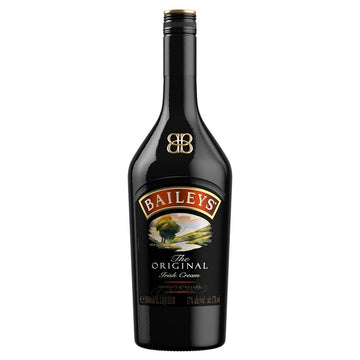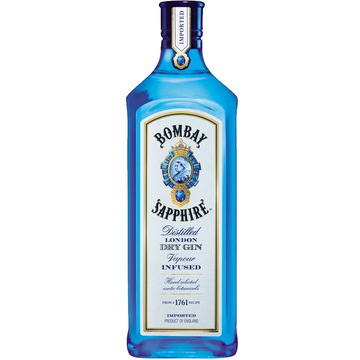Life of a Single Malt - How It Is Prepared
Life of a Single Malt - How It Is Prepared
Count yourself lucky if you are reading this with your favourite whisky beside you because that’s who whisky connoisseurs are. It could be a glass of pale golden Auchentoshan or Glenmorangie, or the dark ruby and richly tasty Kaiapoi. Slowly with honey pleasantness or a faint, acrid smokiness and the provocative tang, the subtle flavours of lowland whisky undoubtedly reward with moments of enjoyment. Yes - Single match Scotch whisky is supreme, isn’t it?

What’s Single Malt Scotch Whisky?
Whisky is the water of life and rightfully so owing to how its method of preparation has never changed since the times of Hieronymus Brunschwig in the 15th century. Almost all of them are distilled, although Single malt Scotch whiskey is produced by a single distillery and comprises malted barley, water and yeast. But what makes them very popular is their richness and complexity of flavours.
Scotch whisky initially originated from the rugged, beautiful Scottish Highlands, where each region has its distinctive taste following the different distillery's water source. Scotland’s mild climates characterized by extended daylight during summer made whisky making easy. Perhaps you’re asking yourself how such holy drink was discovered and how it’s made and shipped all the way to New Zealand!
How Single Malt Scotch is prepared

They say the production of whisky is comparably natural, not just because water is a necessity in all steps, but since it’s an age-old process. Primary ingredients are water, barley and yeast and the eventual drink is called a scotch whiskey until it is matured in oak casks of at least three years.
Step #1: Making a simple beer called Wash
First, the barley must germinate until the starch becomes malted sugar. Water makes the ground barley ‘mashy’ at the onset of preparation. Soaking of the grains and germination can take a week or less.
The course malt flour is mixed with hot water to activate the enzymes so that the conversion of the starches to fermentable sugars starts along with a sugary concentrate called wort. Yeast will later work on the starches, often at an enormous kettle known as a mash tun.
Fermentation will take place in a vessel called washback – the vessel can be Oregon pine-made or stainless steel. Fermentation will be over in less than a week (three days), and by then, the liquid (called wash) will be 5-10% alcohol.
Important to note here, however, is the origin of the name “Single Malt.” Well, that’s because the wash must have been from malted barley produced at a single distillery. When different barley varieties are used, including maize, buckwheat, rye or corn, the final drink won’t be called single malt whiskey.
Step #2: Distillation
Distillation can start at 650C and continue to 1000C so that water and alcohol mixture are separated. The vapours collected are condensed to form the first mixture called the "wash still." Scotch whisky is double-distilled to produce a spirit known as low wine (21-28% alcohol), and everything isn’t complicated. However, it is a science that’s often done by experts.
Step #3: Storage and maturation
New oak casks are standard, although bourbon casks come in handy too. Wooden casks are the best given that the liquid extracts colour and flavour like tannins, oak lactones, clove and vanilla aromas from them. Second-hand barrels are desirable, unlike new ones, because of the milder tastes.
The cask breathes as the drink matures and from the gaps and pores formed, the liquid will absorb limited amounts of oxygen for oxidation and aldehydes. However, what all’s said and done, it is the size of the casket, type and previous life of oak, the location in the warehouse, temperature, and humidity and other factors determine the taste and flavour.
Step #4: Blending and Bottling
As 100% malted barley, single malt whiskey is blended from many casks to obtain the desired flavour. The process requires skilled persons too, and once it is mixed, it is diluted to the final concentration, and that’s where different waters are used. Caramel is sometimes added to fine-tune the colour. As for the dilution and bottling, a standard strength of between 40% and 46% is reasonable.









